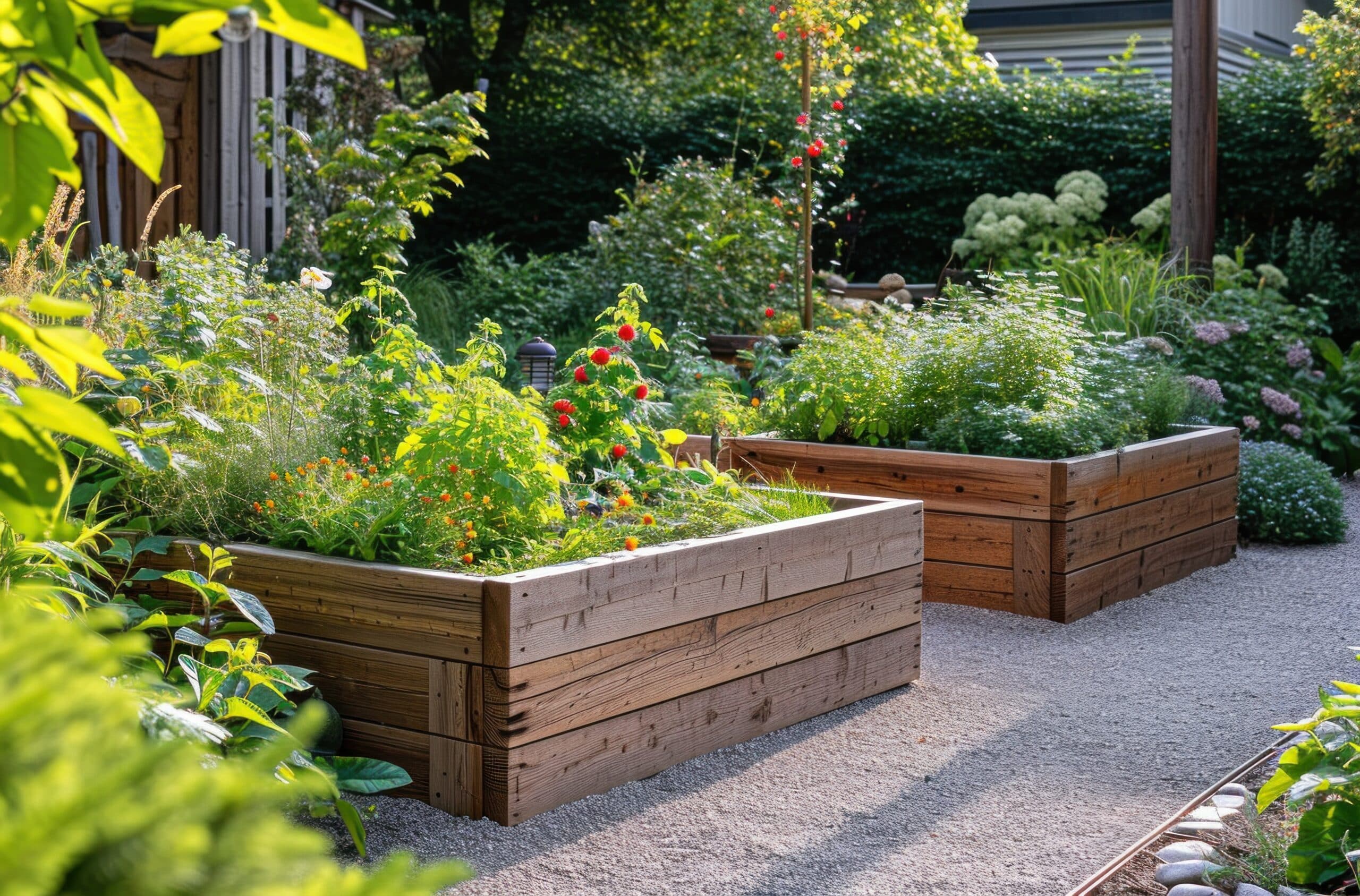What Vegetables Go Together in a Raised Bed?
Key Takeaways
- Raised bed gardening offers benefits such as improved drainage, better soil quality, and easier weed control.
- Companion planting involves growing certain plants near each other to benefit one or both crops, such as repelling pests or providing shade.
- When selecting vegetables to grow together in a raised bed, consider factors such as space and growth habit, nutrient needs, and pest control.
When it comes to vegetable gardening, one question that often arises is which vegetables go together in a raised bed? Raised bed gardening is a popular technique that offers numerous benefits, such as improved drainage, better soil quality, and easier weed control. By choosing the right combination of vegetables to grow together in a raised bed, you can maximize space, increase yield, and even enhance the flavors of your crops. While there are many resources available online for companion planting, it can be challenging to find specific information about ideal vegetable pairings for raised garden beds. In this article, we will explore the concept of companion planting in raised beds and provide some insights into vegetables that can thrive when grown together.
Understanding Companion Planting
Companion planting is a gardening technique that involves growing certain plants near each other to benefit one or both crops. This practice is based on the belief that certain plants have natural affinities for each other and can help each other in different ways. For example, some plants may repel pests that are harmful to their companion plants, while others may provide shade or act as a natural trellis. By strategically planting compatible crops, you can create a harmonious and thriving garden ecosystem.
Factors to Consider
When selecting vegetables to grow together in a raised bed, there are several factors to consider:
1. Space and Growth Habit
It’s important to choose vegetables with compatible space requirements and growth habits. For example, tall plants like tomatoes or corn can provide shade for shorter crops like lettuce or spinach. This helps to prevent the smaller plants from bolting prematurely due to excessive heat.
2. Nutrient Needs
Different vegetables have varying nutrient requirements. Pairing plants with similar nutrient needs can help ensure that they receive the proper amount of fertilization. For instance, leafy greens like kale and spinach have similar nutrient requirements and can be grown together.
3. Pest Control
Companion planting can also help deter pests. Some plants naturally repel pests, while others attract beneficial insects that prey on common garden pests. For example, planting marigolds near tomatoes can help deter nematodes, while planting basil near tomatoes can repel aphids.
Companion Vegetable Pairings for Raised Beds
While the specific information about ideal vegetable pairings for raised garden beds is limited, there are some commonly recommended combinations that have proven to be successful. Here are a few examples:
1. Tomatoes and Basil
Tomatoes and basil are often considered a classic combination. Basil not only enhances the flavor of tomatoes but also helps repel aphids and other pests that commonly affect tomato plants.
2. Carrots and Onions
Carrots and onions are known to have a mutually beneficial relationship. Onions repel carrot flies, which can damage carrot roots, while carrots help deter onion flies.
3. Beans and Cucumbers
Beans and cucumbers make great companions in a raised bed. Beans fix nitrogen in the soil, which benefits cucumber plants. In return, cucumber plants act as a living mulch, shading the soil and conserving moisture for the beans.
4. Lettuce and Radishes
Lettuce and radishes are a popular combination as they have different growth rates. Radishes grow quickly and can be harvested before they interfere with the growth of lettuce. Additionally, radishes help break up compacted soil, allowing better water and nutrient absorption for lettuce.
These are just a few examples, and there are many other vegetable pairings that can work well together in a raised bed. It’s important to experiment and find combinations that suit your specific gardening needs and preferences.
Conclusion
While there may not be a specific list of companion vegetables for raised bed gardening readily available, understanding the principles of companion planting can help you make informed decisions when selecting vegetables to grow together in a raised bed. By considering factors such as space requirements, nutrient needs, and pest control, you can create a harmonious and productive garden. Remember to experiment and find combinations that work best for your specific gardening conditions and preferences.
Related Websites:
FAQs:
Q: What are the benefits of growing vegetables in a raised bed?
Growing vegetables in a raised bed offers several benefits. It provides better control over soil quality and drainage, reduces weed growth, and makes gardening more accessible by reducing the need for bending or kneeling.
Q: Which vegetables thrive together in a raised bed?
Several vegetables thrive together in a raised bed. Leafy greens like lettuce, spinach, and Swiss chard, root vegetables like carrots, radishes, and beets, brassicas like cabbage, broccoli, and cauliflower, legumes like peas and beans, and herbs like basil, parsley, and thyme are great options.
Q: Which vegetables should be planted separately in a raised bed?
Certain vegetables should be planted separately in a raised bed. Nightshades like tomatoes, peppers, and eggplant, alliums like onions, garlic, and shallots, and cucurbits like cucumbers, zucchini, and pumpkins are examples of vegetables that should be planted separately.
Q: What are some tips for successful raised bed vegetable gardening?
To ensure successful raised bed vegetable gardening, consider rotating crops, plan for proper plant spacing and growth habits, regularly amend soil with organic matter, and provide adequate watering and drainage for the plants.
Q: Why is it important to choose compatible vegetables for a raised bed?
Choosing compatible vegetables for a raised bed is important to promote healthy growth and prevent competition for resources. Compatible vegetables support each other’s growth and have similar sunlight, soil, and watering requirements.






